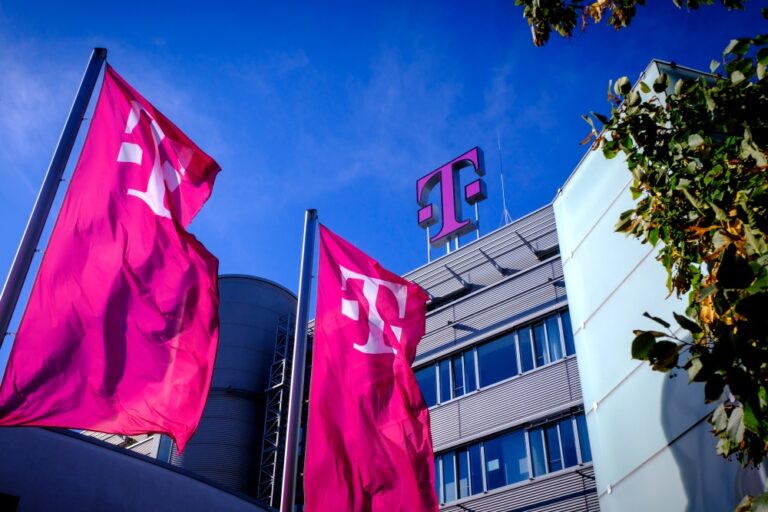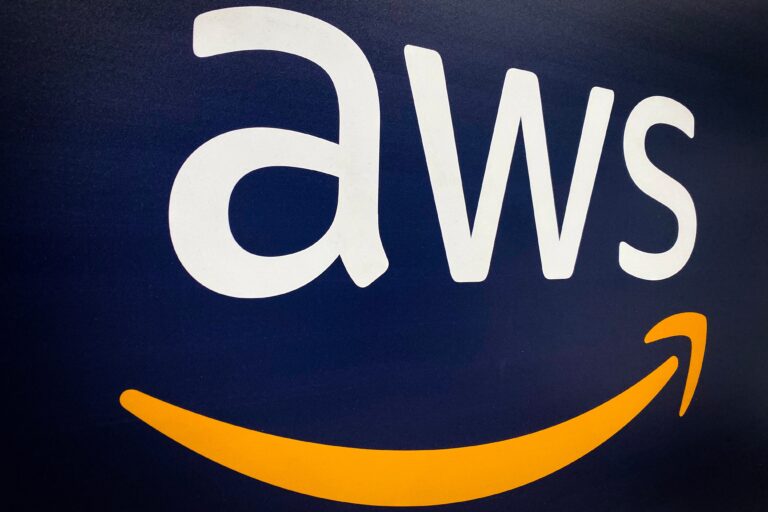Globally, operators are reviewing their presence in TV markets as growth slows – a new report suggests a pivot to mid-size B2B services could pay dividends
Telia Company has signalled it is shifting its focus on growth in its core connectivity business in the Nordic and Baltic regions. The operator has entered into an agreement to sell its TV & Media business, including the TV4 and MTV brands in Sweden and Finland respectively, to Schibsted Media at an enterprise value of SEK6.55 billion (€588 million) on a cash and debt-free basis.
The trend to ditch content services is growing in some parts of the world as telcos realise the TV world is shifting to streaming which is dominated by a small number of players with fat wallets. As a result, telcos are exiting to focus on connectivity like Optus and Telstra in Australia. Optus was recently reported to be in talks to sell its sports streaming platform Optus Sport to media house Nine Entertainment. Meanwhile, Telstra just announced it was selling its stake in Australia’s largest streamer Foxtel to Dazn.
In contrast, LG Uplus in Korea is pushing new K-content originals from its in-house studio while NTT Docomo even has a J-pop band. For Telia, it is a return to its roots.
Connectivity is king
“Our priority is to focus on what Telia does best – providing world-class connectivity on which millions of people rely every day – and this agreement clearly reflects that. We have an opportunity to secure a new home for TV & Media with a strategic long-term Nordic owner that can further develop the business while maintaining its editorial independence,” said Telia’s President and CEO Patrik Hofbauer (above).
“Thanks to a multi-year distribution partnership, we will continue offering TV4 and MTV’s content as part of the attractive line-up that has helped make Telia’s TV customers the most satisfied in Sweden for nine of the past 10 years,” he added.
The transaction is anticipated to close in Q3 2025 at the latest, subject to customary regulatory approvals. The proceeds from the transaction will be used for deleveraging. Telia expects to report TV & Media as held for sale and discontinued operations in Q1 2025, and to recognise a non-cash impairment of around SEK2 billion.
Telia said its mid-term financial ambitions relating to 2025-2027 are unchanged. The operator’s previously communicated financial outlook for 2025 relating to free cash flow of around SEK8 billion is adjusted to around SEK7.5 billion, which will exclude the contribution from TV & Media.
Telia’s other financial outlook metrics for 2025, relating to service revenue growth, like for like, of around 2%, adjusted EBITDA growth, like for like, of at least 5%, and CAPEX excluding fees for licenses, spectrum and right of use assets below SEK 14 billion, are unchanged.
Core opportunities in mid-market?
A new report from BCG points to one area Telia and other telcos should be targeting, their so-called mid-market which comprises business customers that employ a few hundred people. Demand for cloud, cybersecurity and even AI is growing fast in this sector. Small-to-medium businesses have historically been a tough market for operators to crack and they’ve relied on channel sales and partners. Now this mid-market could provide telcos with a sweet-spot despite the crowded space which includes hyperscalers, systems integrators and VARs.
BCG estimates this market to be $150 billion in Europe in 2024 and is projected to grow at a CAGR of 9% between 2024 and 2028. Some 76% of mid-market companies in the US and Europe prefer to purchase IT services from their existing ICT providers, creating a “clear opportunity” for telcos to expand beyond connectivity into selling mid-market customers more advanced solutions.
BCG sees three roles for telcos: Connectivity Provider; Core ICT Services Provider; or Full Vertical-Solutions Provider. Each one presents distinct advantages and trade-offs, influencing future costs, capabilities, and market positioning.
A deeper dive into those roles
As a Connectivity Provider, telcos focus on delivering connectivity services while partnering with managed service providers (MSPs), system integrators (SIs), and value-added resellers (VARs) to handle complex solutions. BCG said this low-risk approach utilises existing infrastructure and suits markets where basic connectivity remains in demand or where there’s growing interest in IoT and smart infrastructure. However, as connectivity becomes commoditised, maintaining high margins (typically 30% to 50% EBITDA) may require significant cost-reduction efforts.
Additionally, telcos risk being perceived as low-value commodity players, with partners owning customer relationships and providing high-value services, potentially limiting growth and profitability.
Alternatively, adopting the role of a Core ICT Services Provider allows telcos to offer standardised solutions in areas like network management, cybersecurity, and cloud support, capturing more value across the tech stack without substantial investments. This strategy aligns with mid-market businesses’ demand for cost-effective, scalable solutions and balances risk and reward by enabling growth through cost management and expanded offerings.
BCG said success in this role requires enhancing sales teams’ capabilities, developing standardised solutions, and improving cost efficiency through automation and process simplification. While competitive pressures exist, BCG reckons operational efficiencies can help sustain margins, though profitability may be modest compared to strategies involving more value-added services.












